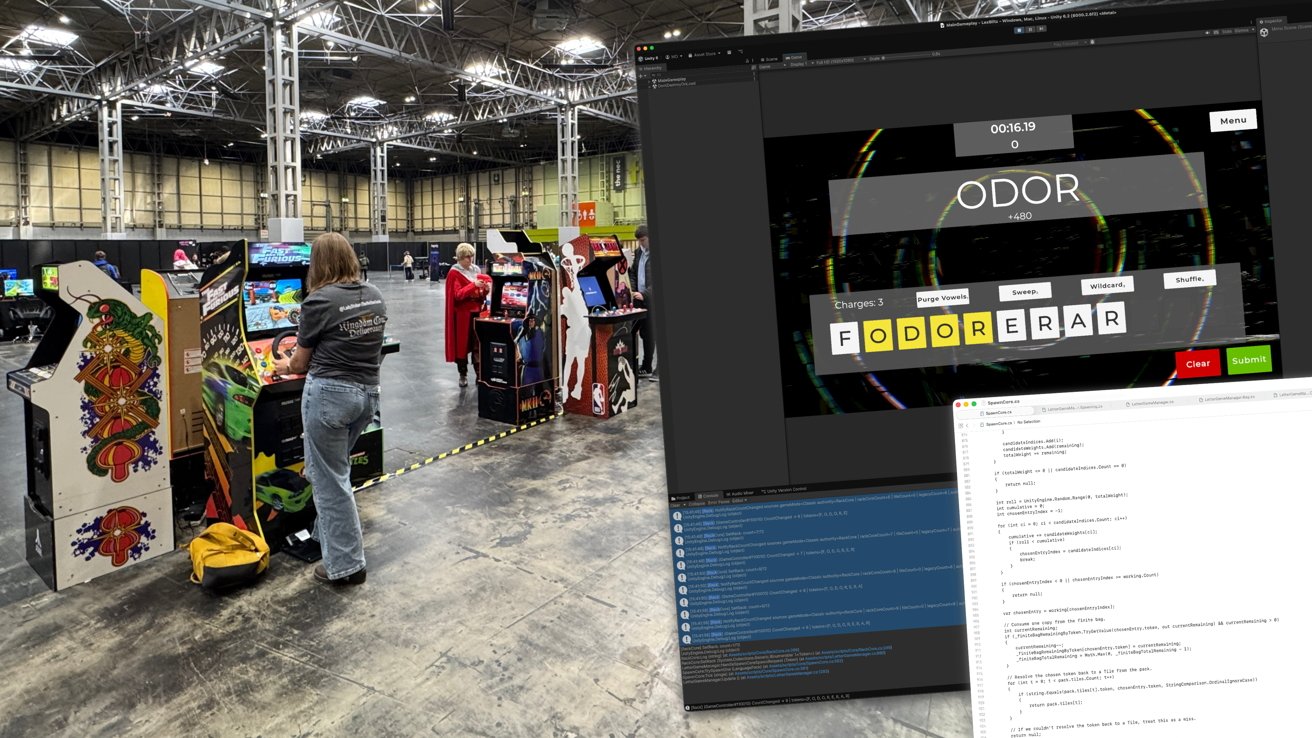Navigating Game Development: Lessons from ‘Character Limit’ and the Pitfalls of Modern Expos
Embarking on the journey of solo game development is both exhilarating and daunting. As I continue to develop Character Limit, a word game designed for Mac, iPhone, iPad, and PC platforms, I’ve encountered significant challenges that have reshaped my approach. Two critical lessons have emerged: the diminishing relevance of traditional trade shows and the pervasive threat of feature creep.
The Solitude of Solo Development
Developing a game independently can be an isolating experience. Without a team to share the workload or brainstorm ideas, every decision rests solely on the developer’s shoulders. This solitude often leads to moments of doubt and the temptation to continuously add new features, delaying the project’s completion.
Feature Creep: The Silent Project Killer
Feature creep refers to the continuous addition of new features to a project, often leading to scope expansion beyond the original plan. In the context of Character Limit, the desire to incorporate every innovative idea threatened to derail the development timeline. Recognizing this, I had to enforce strict boundaries, ensuring that only essential features made it into the final product. This discipline is crucial for solo developers to prevent projects from becoming unmanageable.
The Decline of Traditional Trade Shows
In an effort to connect with fellow developers and gain exposure for Character Limit, my partner and I attended the To The Moon gaming festival in the UK. This event promised to rejuvenate the gaming expo scene, aiming to attract 15,000 attendees over two days. However, the reality was starkly different.
Upon arrival at the NEC in Birmingham, it was evident that the event was sparsely populated. The indie section, where developers showcased their games, was notably underwhelming. Reports indicated that some developers had abandoned their booths after a poorly attended first day. Large exhibits, such as Void Interactive’s Ready or Not immersive SWAT experience, were underutilized, and the VR Arena was a modest setup that failed to draw interest.
A Silver Lining Amidst Disappointment
Despite the event’s shortcomings, the experience wasn’t entirely fruitless. Engaging with other indie developers provided valuable insights and the opportunity to test each other’s games. This interaction transformed the solitary development process into a more communal and supportive endeavor. Additionally, discussions with representatives from the Welsh government about game industry initiatives in Wales opened potential avenues for future collaboration.
The Future of Gaming Expos
The underwhelming turnout and organization of To The Moon raise questions about the viability of traditional gaming expos. With the rise of digital platforms and online communities, developers and gamers are finding alternative ways to connect and showcase their work. The financial and logistical challenges of organizing large-scale physical events may no longer be justified, especially when digital alternatives offer broader reach and engagement.
Refocusing on ‘Character Limit’
The experience at To The Moon served as a wake-up call. It highlighted the importance of staying true to the project’s core vision and avoiding distractions that can lead to delays. By refocusing efforts on completing Character Limit and leveraging online platforms for promotion and community engagement, the path to release becomes clearer and more attainable.
Conclusion
The journey of developing Character Limit has been a learning experience, underscoring the challenges of solo development, the dangers of feature creep, and the evolving landscape of game expos. By embracing these lessons, developers can navigate the complexities of game creation more effectively, ensuring that their projects reach completion and resonate with their intended audience.



